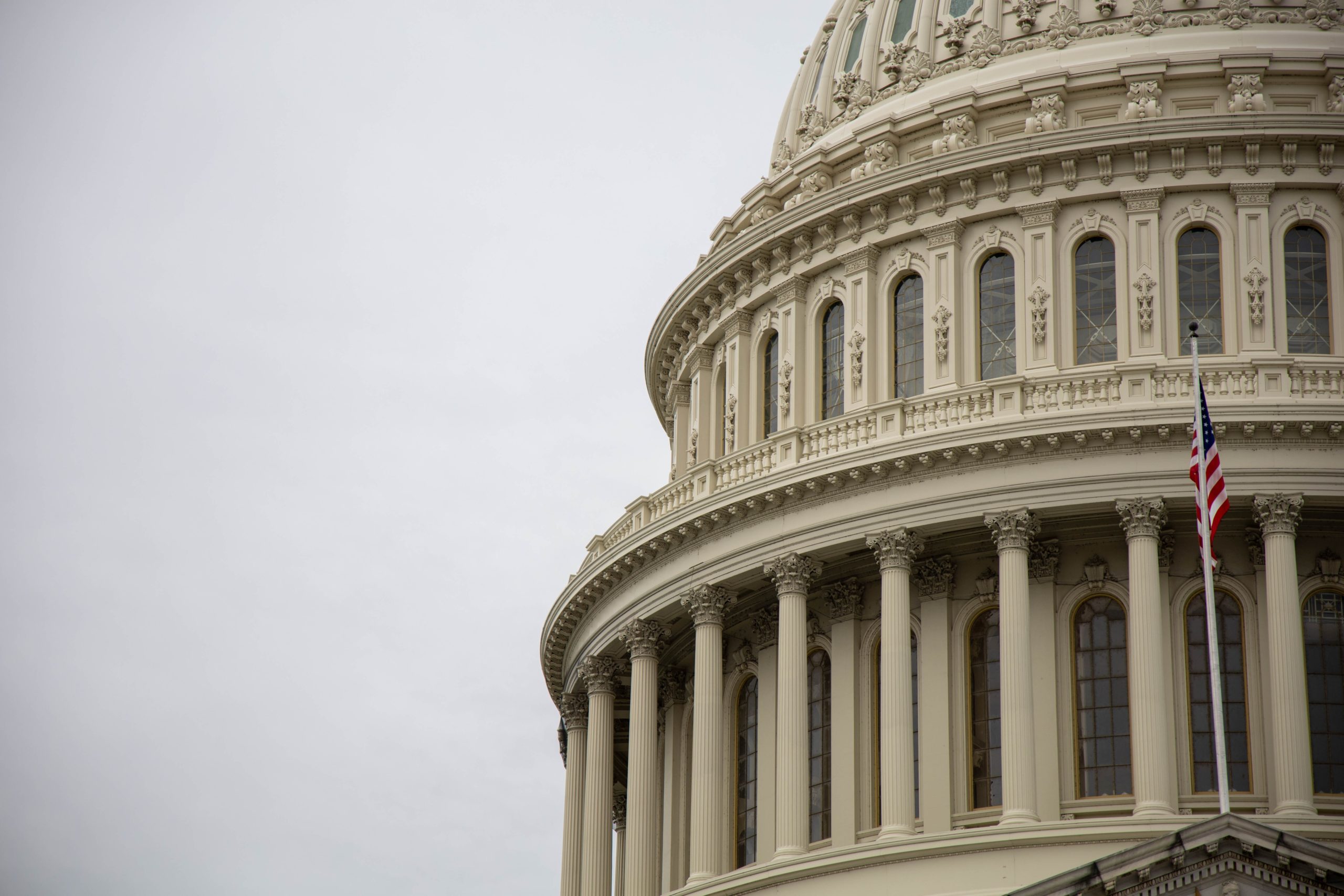
The Mismeasurement of Polarization
There is little doubt that America has become more polarized in recent decades. Growing numbers of Americans say that they fear the other party, that they would not want their children to marry members of the other party, and that they believe the opposing party poses a threat to the nation. This polarization relates to what political scientists call the “sorting” of both parties into clear ideological groups, with liberals identifying more consistently as Democrats and conservatives as Republicans.
There is also broad agreement among the intelligentsia that our polarization has been asymmetric — that while Democrats have moved somewhat leftward over the past 40 years, Republicans have moved far more sharply to the right. If this is true, then much of the talk about a failure to compromise is a false equivalence; what lies at the root of polarization’s ills is an increasingly conservative Republican Party.
While some aspects of the asymmetric-polarization story are true, it often fails to answer, or even ask, a key question: How do politics change when policies do?

Stay Informed
Sign up to receive updates about our fight for policies at the state level that restore liberty, accountability, and innovation in American governance.
